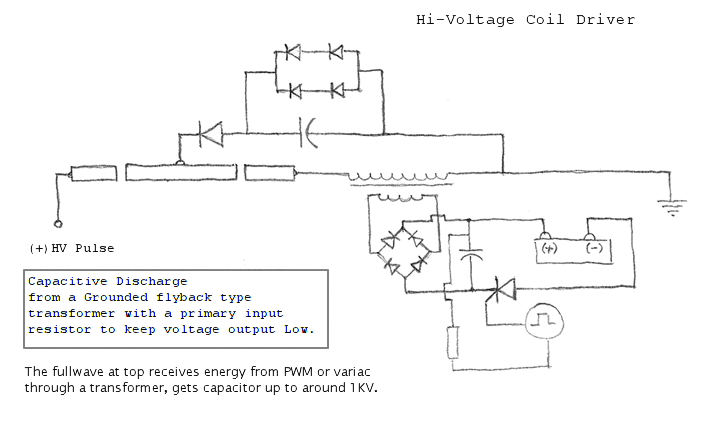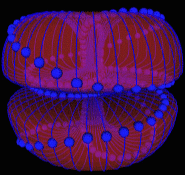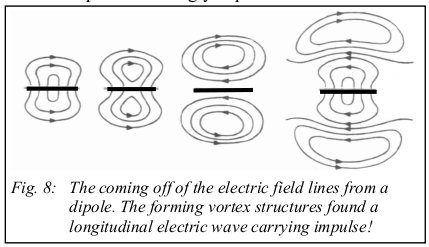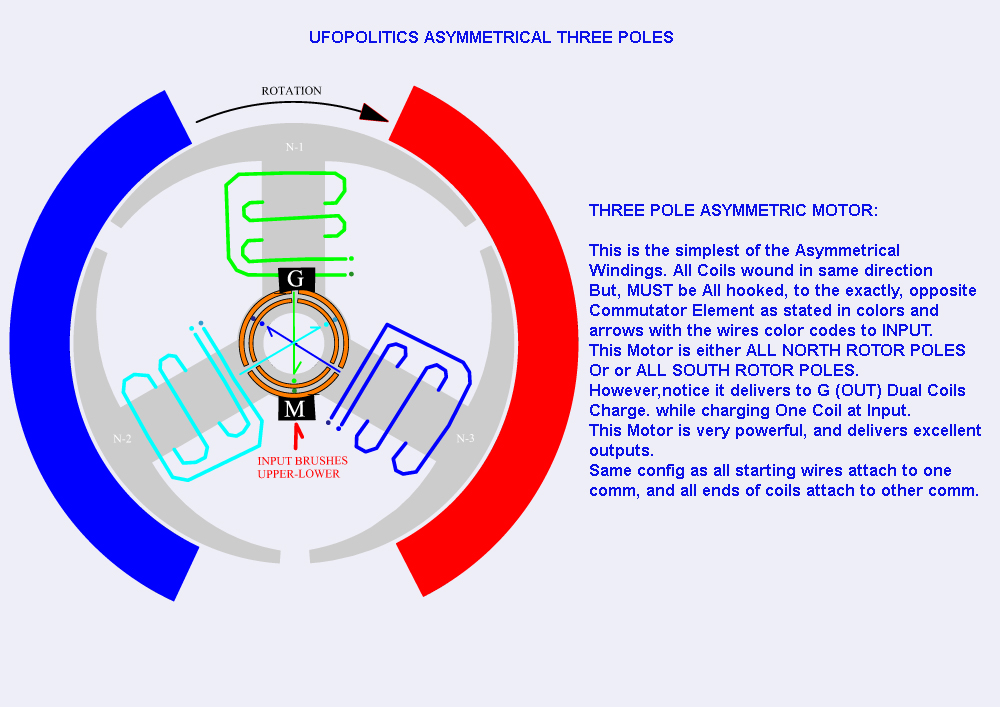quick & dirty method of Eric Dollard's experiment replication
Good luck with the replication Mr. McKay, and don't forget the "white bluish" light bulb which Eric Dollard use to charge the copper sheet. By the way, I have found similar effect by using quick & dirty method with using only high frequency neon sign power supply and strobe lamp. We can compare the results after your experiment is done.
Wicaksono
Originally posted by Spokane1
View Post
Wicaksono











Comment